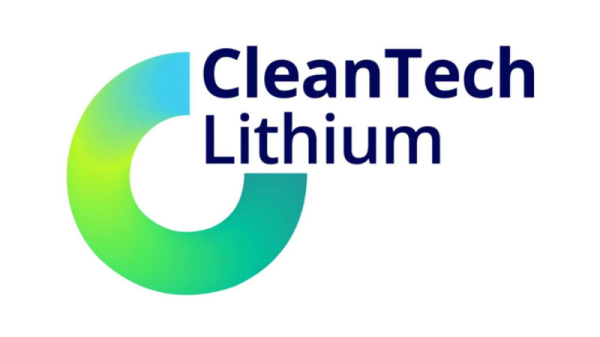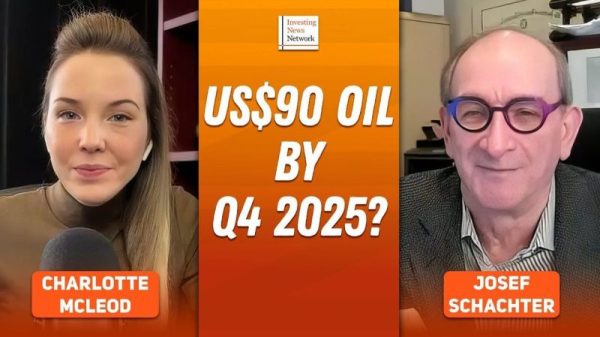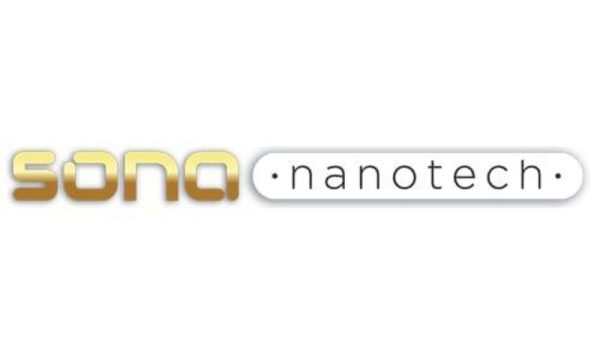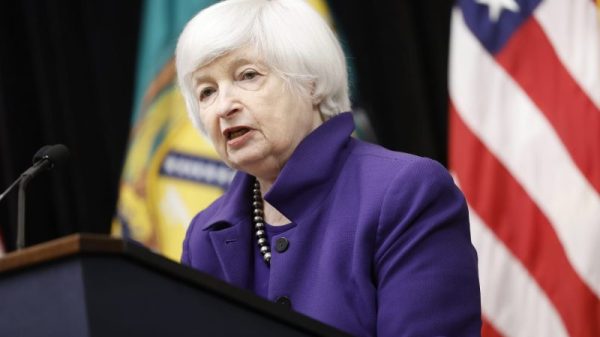The cryptocurrency market has experienced a remarkable transformation over the past year, marked by strong investor interest and a significant resurgence in prices for both Bitcoin and Ether.
As of December 9, Bitcoin was up close to 120 percent year-to-date, while Ether was up just over 55 percent.
Momentum has been fueled by the approval of spot Bitcoin exchange-traded funds (ETFs) in the US and enhanced institutional interest. This activity has spilled over into the burgeoning altcoin market, signaling a broader shift.
Keep reading to learn more about what trends drove the crypto market boom in 2024.
How did the Bitcoin price perform in 2024?
The year began strongly for Bitcoin. The US approved approved spot Bitcoin ETFs on January 10, bringing growth in institutional interest along with higher prices — Bitcoin hit its first new all-time high of 2024 on March 13.
Bitcoin’s sensitivity to macroeconomic conditions was evident in its price volatility during the first quarter, but overall sentiment remained optimistic, with experts pointing to increasing regulatory clarity and the Bitcoin halving on April 19 as key factors that would shape the market’s trajectory moving forward.
However, this year’s Bitcoin halving event did not follow historical trends.
Bitcoin performance after 2020’s halving.
Chart via CoinGecko.
This time, Bitcoin’s price reached an all-time high before the event and experienced a downtrend in the following months, falling from US$73,097 pre-halving to below US$60,000 in May and July. It didn’t break US$73,000 again until October, boosted by the prospect of a more crypto-friendly political climate.
“This current post-halving period did not follow the same rapid trajectory as the three previous events, but the positive signals sent out by both global jurisdictions and institutional investors in recent months have accelerated the interest in digital currencies across the board,” Dean explained.
Bitcoin performance after 2024’s halving.
Chart via CoinGecko.
Bitcoin’s 40 percent gain in November has largely been attributed to Republican victories in the House and Senate, along with Donald Trump’s presidential win. Among other corporate-friendly initiatives, the party ran on a platform of looser regulations for crypto and a government stake in Bitcoin in the form of a national Bitcoin reserve.
Since declaring victory, Trump has announced plans to stock his cabinet with pro-crypto members and has maintained close ties to industry insiders like Elon Musk and Coinbase’s Brian Armstrong.
Starting on November 5, Bitcoin was able to set new all-time highs on nearly a weekly basis — the popular cryptocurrency topped US$100,000 for the first time in history on December 4.
“Historically, Bitcoin has averaged a +10 percent increase in December, with blockbuster performances in 2010, 2011, and 2020,” 10x Research founder and CEO Markus Thielen told Cointelegraph on December 2, adding that returns have averaged 28 percent during halving years. “Even if we’d do half of the 2021 move, that would still put the price at around US$150K,” he speculated of Bitcoin’s current price discovery phase.
Altcoin interest jumps on Bitcoin boom, DeFi attention
Dean said halving cycles also tend to drive more interest elsewhere in crypto.
‘More eyes are on the crypto industry as a whole, and other cryptocurrencies not subject to halving get investor attention, leading to surges in altcoin markets as well as innovation in the space,’ he said.
This observation has indeed held true, particularly in the second half of 2024, with altcoins experiencing significant market gains. This shift has been marked by a wave of new investment opportunities across the crypto landscape, underscoring the broader impact of evolving market dynamics in the industry.
The launch of spot Bitcoin ETFs in the US January, followed by spot Ether ETFs in July, fueled institutional demand for diversified crypto exposure. Since then, VanEck, 21Shares and Franklin Templeton have pursued Solana ETFs.
The expansion of crypto investment vehicles highlights the maturing and evolving nature of the industry.
This surge in interest has also been driven by a revival of decentralized finance (DeFi) protocols, which have played a key role in increasing the value and adoption of both Solana and Ether.
DeFi offers a range of permissionless and transparent financial services built on blockchain technology, and both Solana and Ether have emerged as leading platforms for DeFi development.
Solana is an attractive platform for DeFi applications due to its high throughput and low transaction fees. Innovations like layer-2 scaling solutions on the Ethereum network strengthen its position as a leading DeFi platform.
Institutions embrace crypto
Beyond the rise of DeFi, 2024 has witnessed a significant trend toward the institutionalization of cryptocurrencies, as evidenced in record-breaking trading volumes on centralized crypto exchanges.
These surges in trading activity strongly suggest increased participation from institutional investors who are using these platforms for both spot trading and sophisticated derivatives strategies.
According to Coinglass data, total Bitcoin options open interest has gone from less than US$25 billion for most of the year to around US$40 billion since November 20.
Total Bitcoin options open interest in 2024.
Chart via Coinglass.
Bitcoin futures open interest has also risen significantly since late October.
Bitcoin futures open interest in 2024.
Chart via Coinglass.
Alongside the broader institutional adoption of staking, 2024 saw the rise of innovative solutions like liquid staking.
Liquid staking protocols issue derivative tokens representing staked assets, allowing institutions to maintain liquidity while earning staking rewards. Lido, a liquid staking protocol, enables users to stake ETH without locking it up and issues stETH tokens in return. stETH tokens have increased over 67 percent in value year-on-year.
Taking it a step further, EigenLayer, backed by Andreessen Horowitz, has pioneered restaking, a protocol that allows staked assets to be leveraged across multiple protocols for maximum capital efficiency. Data tracked by DeFiLlama reveals over US$20 billion in total value locked in EigenLayer as of December 8.
These advances have provided new opportunities for institutions to maximize returns and participate more deeply in the quickly developing cryptocurrency ecosystem.
Investor takeaway
The cryptocurrency market’s resurgence in 2024 has been driven by a confluence of factors that have propelled the industry into a new era of growth and innovation. While challenges and uncertainties remain, the overall trajectory points toward continued expansion and the integration of cryptocurrencies into the global financial landscape.
As institutional investors deepen their involvement and regulatory frameworks evolve, the crypto market is poised for further transformation, shaping the future of finance and investment.
Securities Disclosure: I, Meagen Seatter, hold no direct investment interest in any company mentioned in this article.





























